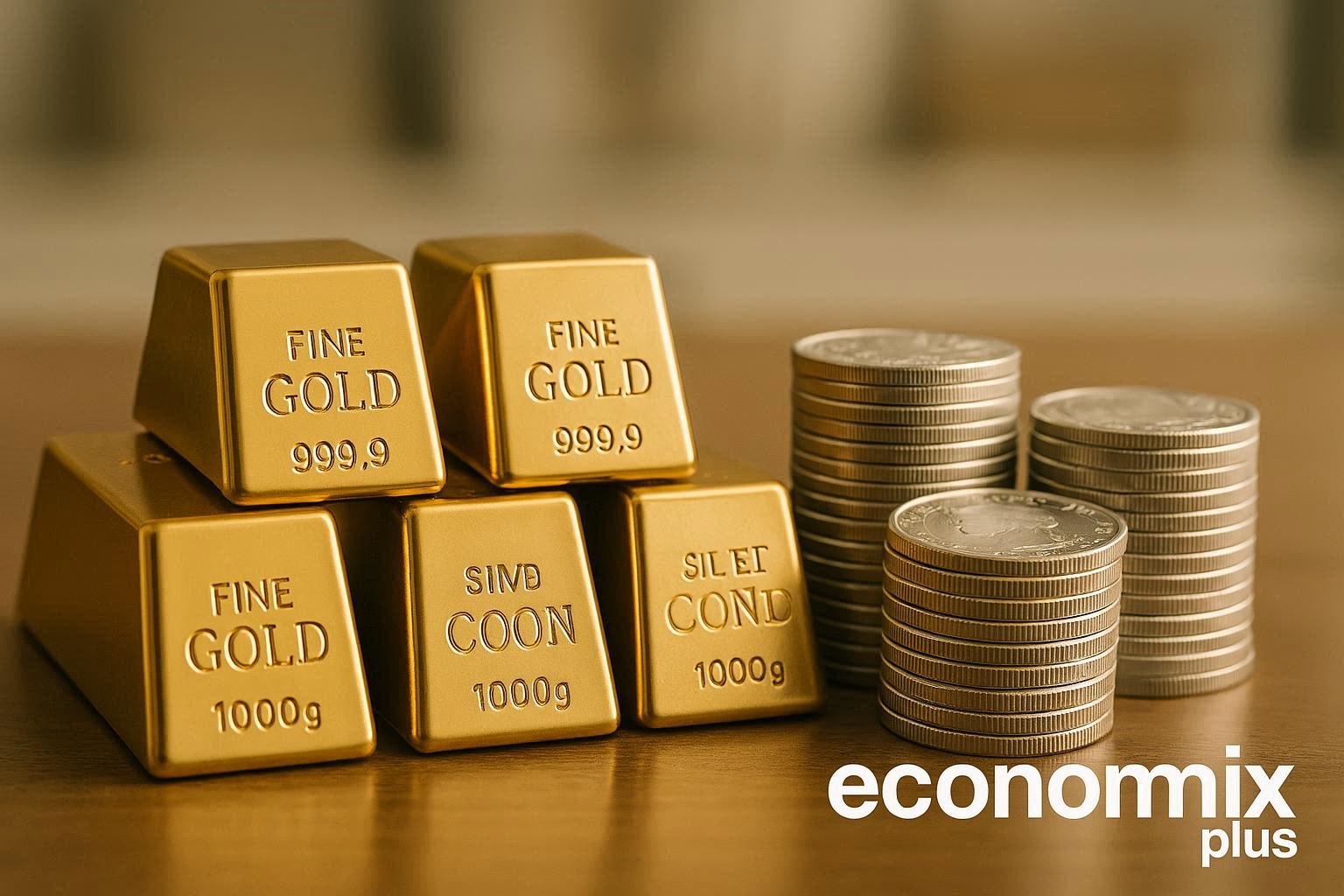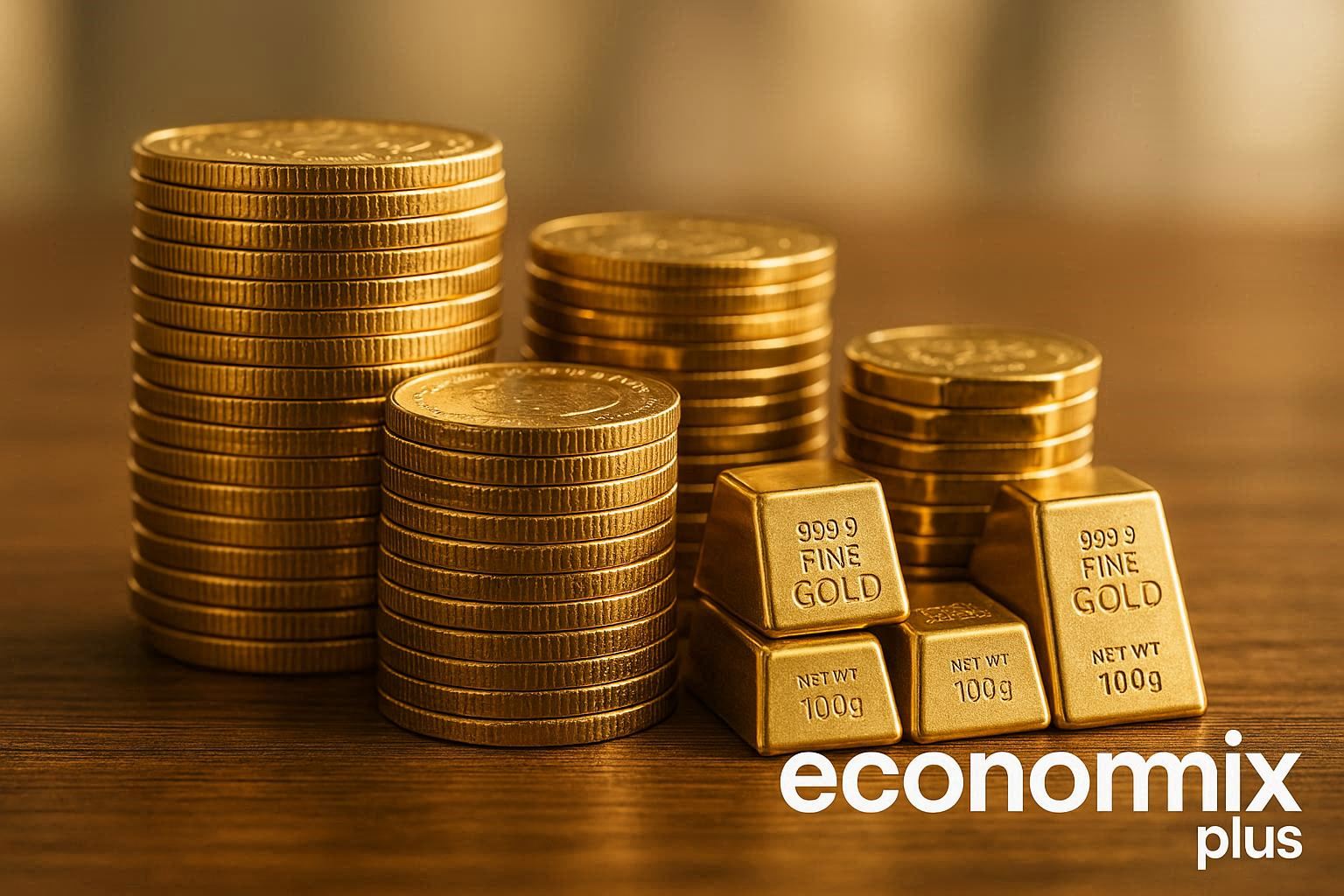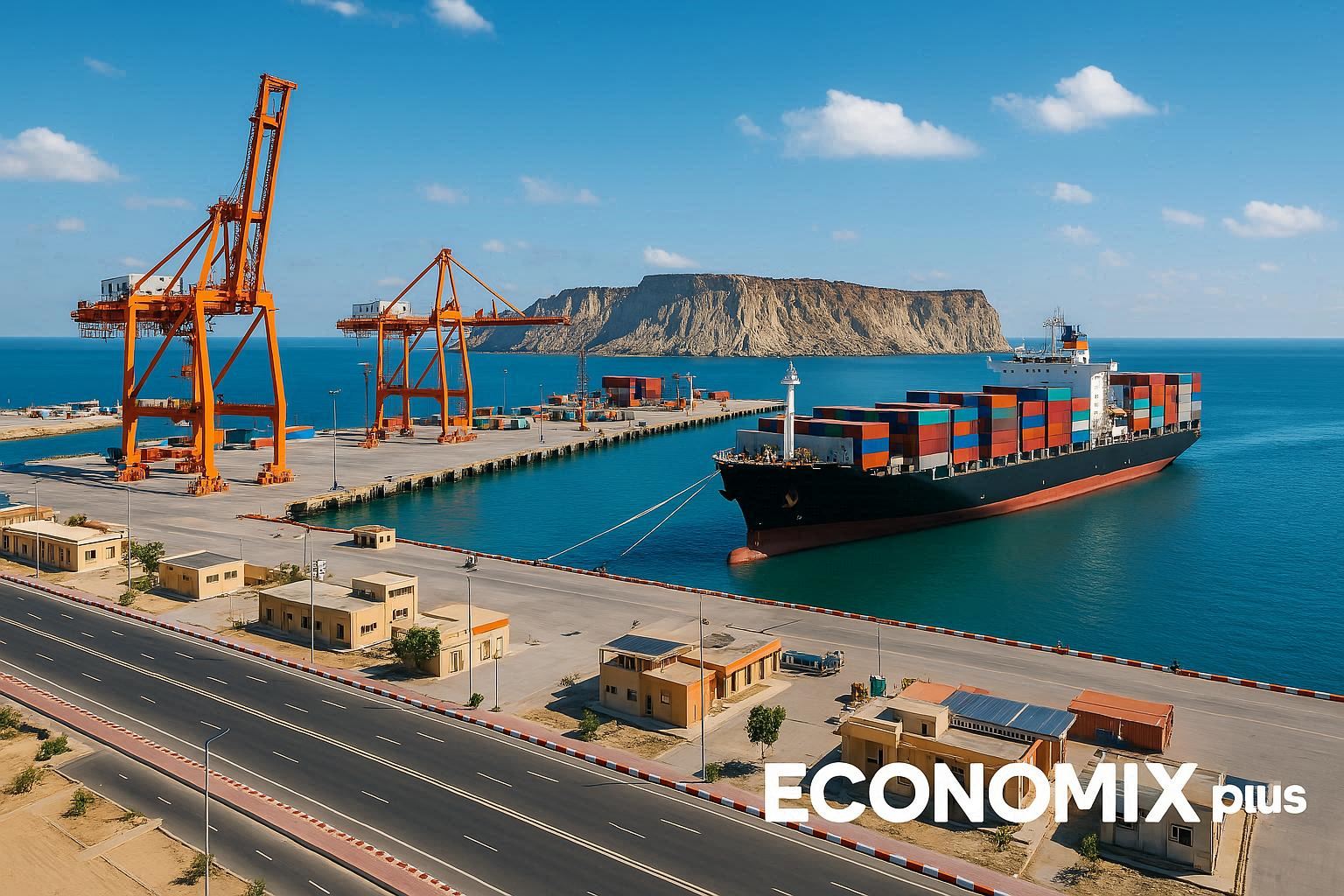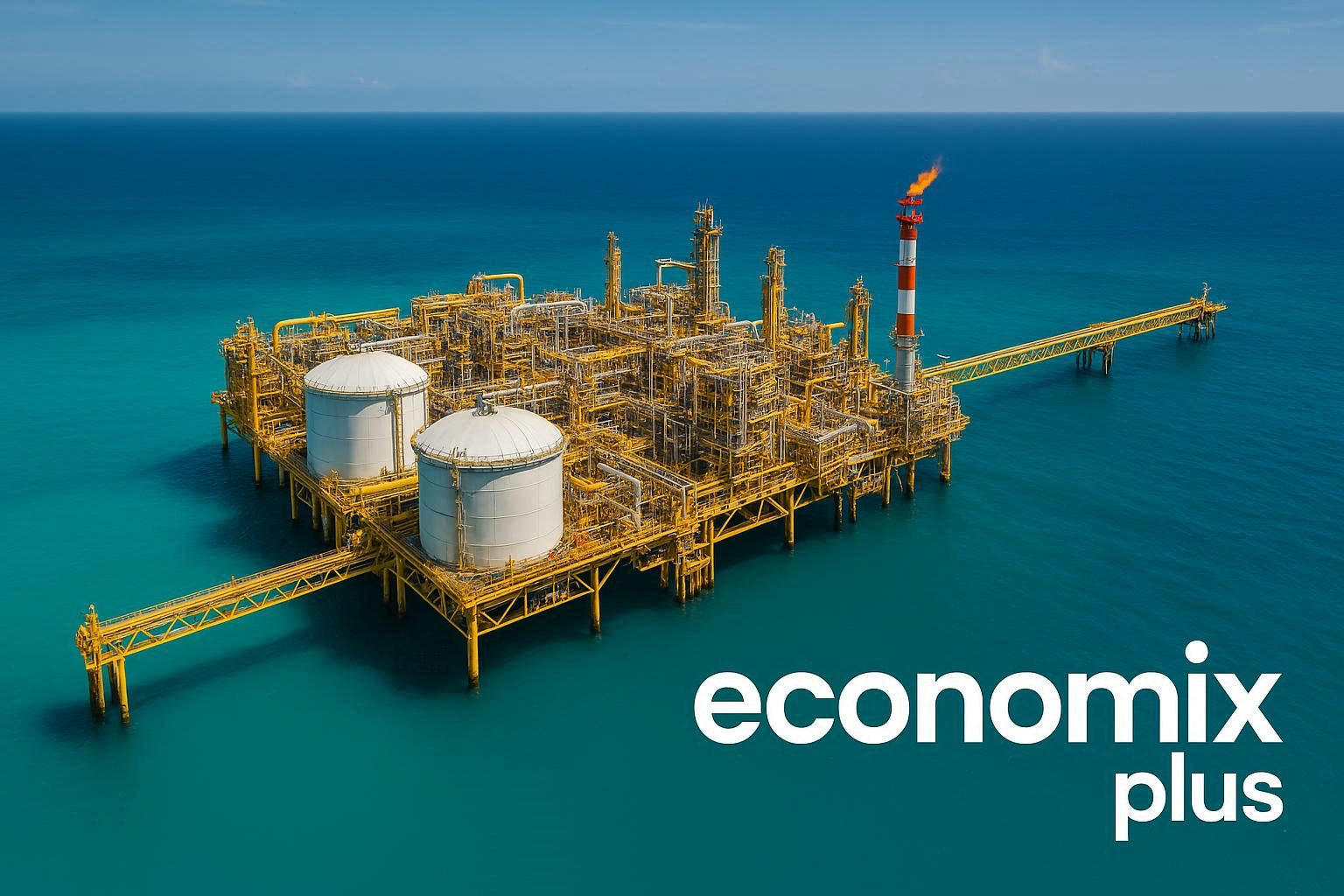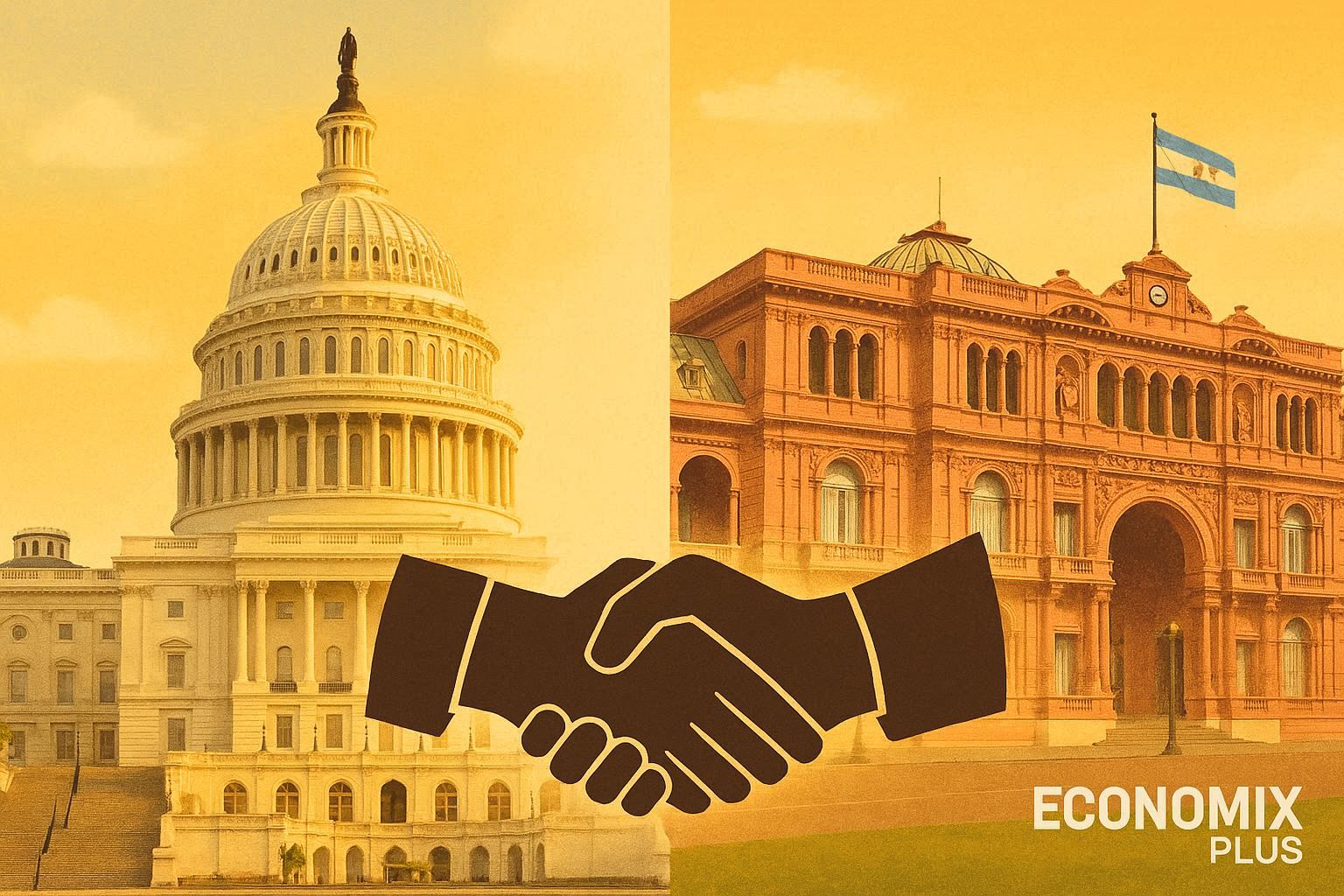In the global financial landscape, one currency has consistently held a prestigious position: the Kuwaiti Dinar. With an exchange rate of approximately USD3.25 as of March 2025, it is recognized as the world’s most valuable currency.
This exceptional valuation is not a coincidence but a result of a combination of economic, financial, and geopolitical factors. The Kuwaiti Dinar’s strength is a reflection of the country’s robust economy and strategic monetary policies.
Key Takeaways
- The Kuwaiti Dinar is the world’s most valuable currency.
- Its strength is due to a mix of economic and geopolitical factors.
- The currency’s value has been maintained over decades.
- Understanding its strength provides insights into effective currency management.
- The Kuwaiti Dinar’s history and development are significant to its current status.
The Evolution of Kuwait’s Currency
The evolution of Kuwait’s currency is closely tied to its economic development. In the mid-20th century, the Indian rupee served as the official currency in the eastern Arabian Peninsula, including Kuwait.
From Gulf Rupee to Kuwaiti Dinar
The Indian government introduced the Gulf rupee in 1959 to combat gold smuggling, which was depleting India’s foreign exchange reserves. The Kuwaiti Dinar was introduced in 1961, replacing the Gulf rupee at par, initially pegged to the British pound sterling.
Historical Milestones in Currency Development
The Kuwaiti Dinar faced challenges, notably during the 1990 Iraqi invasion, when the Iraqi Dinar temporarily replaced it. Post-liberation, Kuwait reinstated the Kuwaiti Dinar and introduced new banknotes. Throughout its history, the Dinar has undergone six series of prints, reflecting the country’s economic growth and financial stability.
Understanding Currency Strength: What Makes the Kuwaiti Dinar Powerful
The strength of a currency is a multifaceted concept that encompasses various economic indicators. Currency strength is not solely determined by a single factor but is rather a composite of several elements.
Definition of Currency Strength in Global Markets
Currency strength in global markets is fundamentally defined as the relative value of one currency compared to others, typically measured through exchange rates and purchasing power in international trade. A strong currency is one that maintains its value or appreciates against other currencies.
Key Indicators of the Kuwaiti Dinar’s Value
The Kuwaiti Dinar’s power stems from multiple economic indicators, including Kuwait’s consistent trade surpluses, substantial foreign exchange reserves, and the government’s strategic management of its oil revenue. Key indicators that financial analysts monitor to assess the Kuwaiti Dinar’s value include its exchange rate stability against major global currencies, inflation rates, and overall economic growth metrics.
Kuwait’s Oil Wealth: Foundation of Economic Power
The abundance of oil reserves in Kuwait has a direct impact on the value of its currency. With approximately 7% of the world’s oil supply, Kuwait stands as a significant player in the global energy market.

Oil Reserves and Their Impact on Currency Valuation
Kuwait’s substantial oil reserves contribute to the high value of the Kuwaiti Dinar. The direct correlation between oil exports and currency valuation is evident, as consistent revenue streams from petroleum sales generate substantial foreign exchange reserves that back the Kuwaiti Dinar.
Revenue Management and Economic Stability
The country’s sophisticated revenue management systems effectively translate oil wealth into sustainable economic development and currency stability. Kuwait’s economic stability is reflected in its low unemployment rate of around 2%, creating a virtuous cycle where economic prosperity reinforces currency value.
The government’s prudent approach to managing oil revenue includes substantial investments in infrastructure development and strategic economic diversification initiatives, reducing vulnerability to oil price fluctuations and underpinning the strength of the Kuwaiti Dinar.
Strategic Currency Pegging and Monetary Policy
Strategic currency pegging is a cornerstone of Kuwait’s monetary policy framework. By adopting a currency basket system, Kuwait ensures that its currency, the Kuwaiti Dinar, remains relatively stable against major global currencies.
The Currency Basket System
The Central Bank of Kuwait implemented the currency basket system in 2007, moving away from a direct USD peg. This system utilizes a weighted basket of international currencies to reflect Kuwait’s diverse international trade relationships and protect against single-currency volatility. Although the exact composition of the basket remains confidential, it is believed to include major trading partners’ currencies weighted according to their importance in Kuwait’s international commerce.
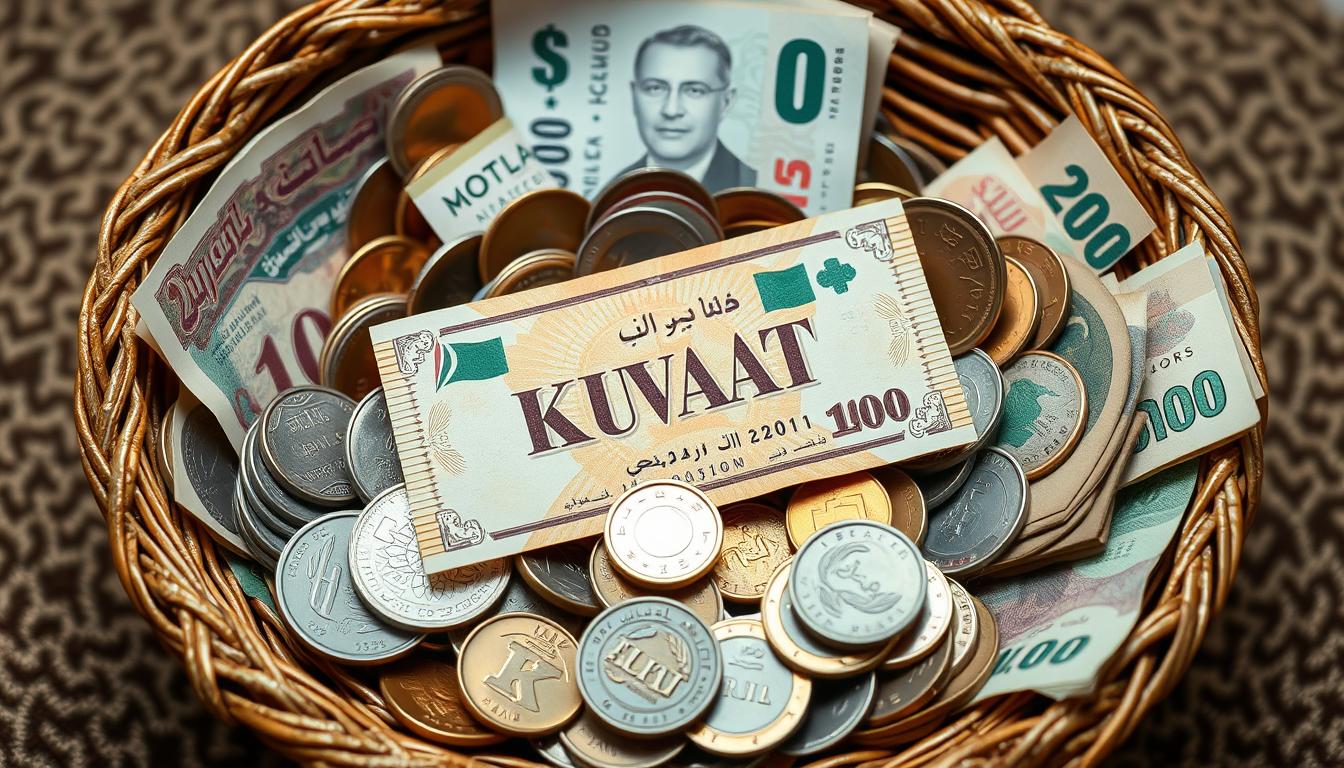
Central Bank of Kuwait’s Role in Maintaining Stability
The Central Bank of Kuwait actively manages the currency basket, making periodic adjustments to ensure the Dinar maintains optimal value relative to global economic shifts. This approach provides Kuwait with greater monetary policy flexibility compared to neighboring Gulf states that maintain strict USD pegs, allowing for more nuanced responses to domestic economic conditions and supporting overall stability in the exchange rate.
Why the Kuwaiti Dinar Remains the Strongest Arab Currency
As the world’s most valuable currency unit, the Kuwaiti Dinar outperforms other major currencies, including the US dollar. Its strength is a reflection of Kuwait’s robust economic foundation and prudent monetary policies.
Comparative Analysis with Other Gulf Currencies
The Kuwaiti Dinar consistently outperforms its regional counterparts, including the Saudi Riyal, UAE Dirham, Bahraini Dinar, and Omani Rial, in terms of exchange rate value against major global currencies. This superior valuation is largely due to Kuwait’s independent monetary policy approach and conservative fiscal management.
| Currency | Exchange Rate (USD) |
|---|---|
| Kuwaiti Dinar | 3.25 |
| Saudi Riyal | 0.27 |
| UAE Dirham | 0.27 |
Factors Contributing to Sustained Dominance
Several factors contribute to the Kuwaiti Dinar’s sustained dominance, including higher per capita oil reserves, strategic foreign investments through its sovereign wealth fund, and prudent monetary policy decisions. Kuwait’s conservative fiscal approach, including maintaining lower debt levels, has protected the Dinar from devaluation pressures during economic downturns.

Political Stability and Its Effect on Currency Strength
Kuwait’s enduring political stability is a key driver behind the Kuwaiti Dinar’s strength. The country’s constitutional monarchy system, established in 1962, provides a framework of political stability that has weathered regional storms.
Kuwait’s Governance Structure
The parliamentary system, including one of the most active legislatures in the Gulf region, creates checks and balances that foster investor confidence in long-term economic stability. Kuwait’s governance structure includes robust sovereign wealth management through the Kuwait Investment Authority.
Impact of Regional Politics on Currency Value
Kuwait’s ability to maintain political neutrality in many regional conflicts has shielded its economy and currency from volatility. Foreign investors view Kuwait as a safe investment destination, increasing demand for the Kuwaiti Dinar. For more insights on the Kuwaiti Dinar’s strength, visit EBC.
| Factors | Impact on Currency |
|---|---|
| Political Stability | Strengthens the Kuwaiti Dinar |
| Regional Conflicts | Shielded from volatility |
| Governance Structure | Fosters investor confidence |
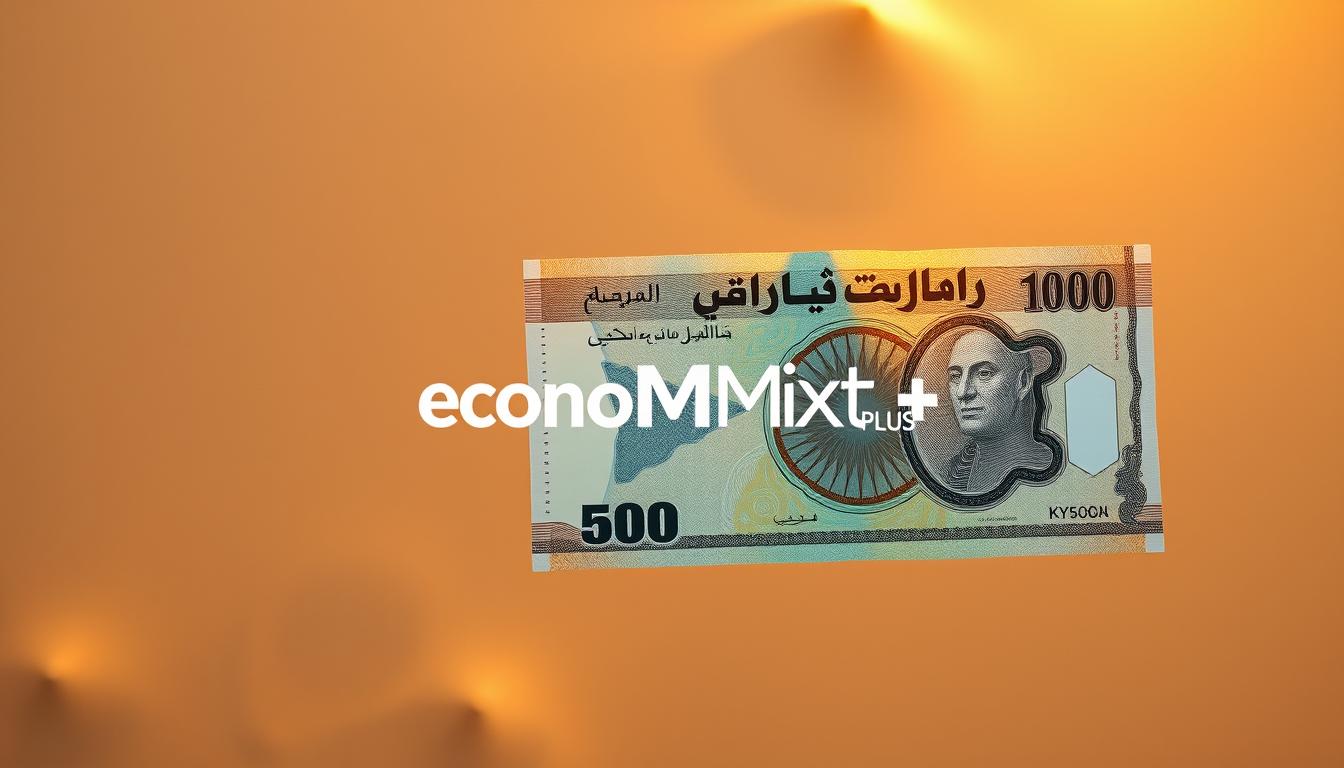
Economic Diversification Efforts
Kuwait’s Vision 2035, also known as ‘New Kuwait,’ aims to transform the country into a financial and commercial hub through economic diversification. This ambitious plan involves significant investments in various sectors to reduce the country’s reliance on oil exports.
Reducing Oil Dependency
The Kuwaiti government has taken concrete steps to decrease its dependence on oil by investing in infrastructure projects such as new ports and airport terminals. The passage of a new public debt law in early 2025 allows the government to borrow for the first time in nearly a decade, aiming to finance major infrastructure projects. This initiative is expected to establish alternative revenue streams and mitigate the impact of fluctuations in global oil prices.
Investment in Alternative Sectors
Kuwait’s economic diversification strategy includes investments in various alternative sectors such as technology, healthcare, education, and tourism. The Kuwait National Fund for Small and Medium Enterprise Development fosters entrepreneurship and private sector growth in non-oil industries. These efforts are designed to create sustainable economic pillars that will support the stability of the Kuwaiti Dinar and enhance the overall economy and business environment, promoting investment and finance opportunities.
- Major infrastructure investments are creating alternative economic sectors.
- Strategic investments in technology, healthcare, education, and tourism.
- The new public debt law provides financing mechanisms for diversification projects.
Global Position: Comparing the Kuwaiti Dinar to World’s Strongest Currencies
Comparing the Kuwaiti Dinar to the world’s strongest currencies reveals its unique position in the global economy. The Kuwaiti Dinar’s value is significantly higher than many major global currencies.
The Kuwaiti Dinar vs. Major Global Currencies
The Kuwaiti Dinar stands at the apex in the global currency hierarchy with an exchange rate of approximately 3.25 USD. In contrast, other strong currencies like the British Pound and Swiss Franc have lower exchange rates, at 1.27 USD and 1.12 USD, respectively.
| Currency | Exchange Rate (USD) |
|---|---|
| Kuwaiti Dinar | 3.25 |
| British Pound | 1.27 |
| Swiss Franc | 1.12 |
Factors Setting the Kuwaiti Dinar Apart
The Kuwaiti Dinar’s strength stems from a combination of oil wealth, strategic currency management, and fiscal discipline. Unlike other strong currencies, the Kuwaiti Dinar maintains its value through controlled circulation and limited speculation.
Challenges and Threats to the Kuwaiti Dinar’s Strength
The Kuwaiti Dinar’s strength is facing several challenges. Despite its remarkable value, the currency is vulnerable to various economic and geopolitical factors.
Oil Price Fluctuations and Market Volatility
The Kuwaiti Dinar’s value is heavily influenced by oil prices, as Kuwait is a major oil exporter. Sudden drops in global petroleum prices can undermine the economic foundation that supports the currency’s value. Key challenges include:
- Volatility in oil prices affecting government revenue
- Kuwait’s heavy reliance on oil exports, accounting for approximately 90% of government revenue
- Global energy demand shifts and geopolitical events impacting oil production
Regional Economic Pressures
Regional economic pressures also pose a threat to the Kuwaiti Dinar. Neighboring Gulf states are pursuing aggressive economic diversification, potentially eroding Kuwait’s comparative advantages. Internal challenges, such as bureaucratic inefficiencies and delays in implementing economic reforms, could hinder Kuwait’s ability to adapt to changing global economic conditions.
Conclusion: Future Outlook for the Kuwaiti Dinar
The strength of the Kuwaiti Dinar can be attributed to a combination of factors, including prudent fiscal management and minimal debt reliance. Kuwait’s vast oil wealth and solid foreign exchange reserves further contribute to the dinar’s value.
As Kuwait continues to diversify its economy and maintain financial discipline, the Kuwaiti Dinar is expected to retain its dominance in global currency markets. The Central Bank of Kuwait’s sophisticated currency management approach, including a flexible currency basket pegging system, positions the dinar to adapt to changing global economic conditions.
Despite global economic uncertainties and challenges such as oil price volatility, Kuwait’s substantial financial reserves and conservative fiscal approach provide significant buffers against potential currency devaluation pressures. For international investors and financial analysts, the Kuwaiti Dinar is likely to remain a benchmark for currency strength.







